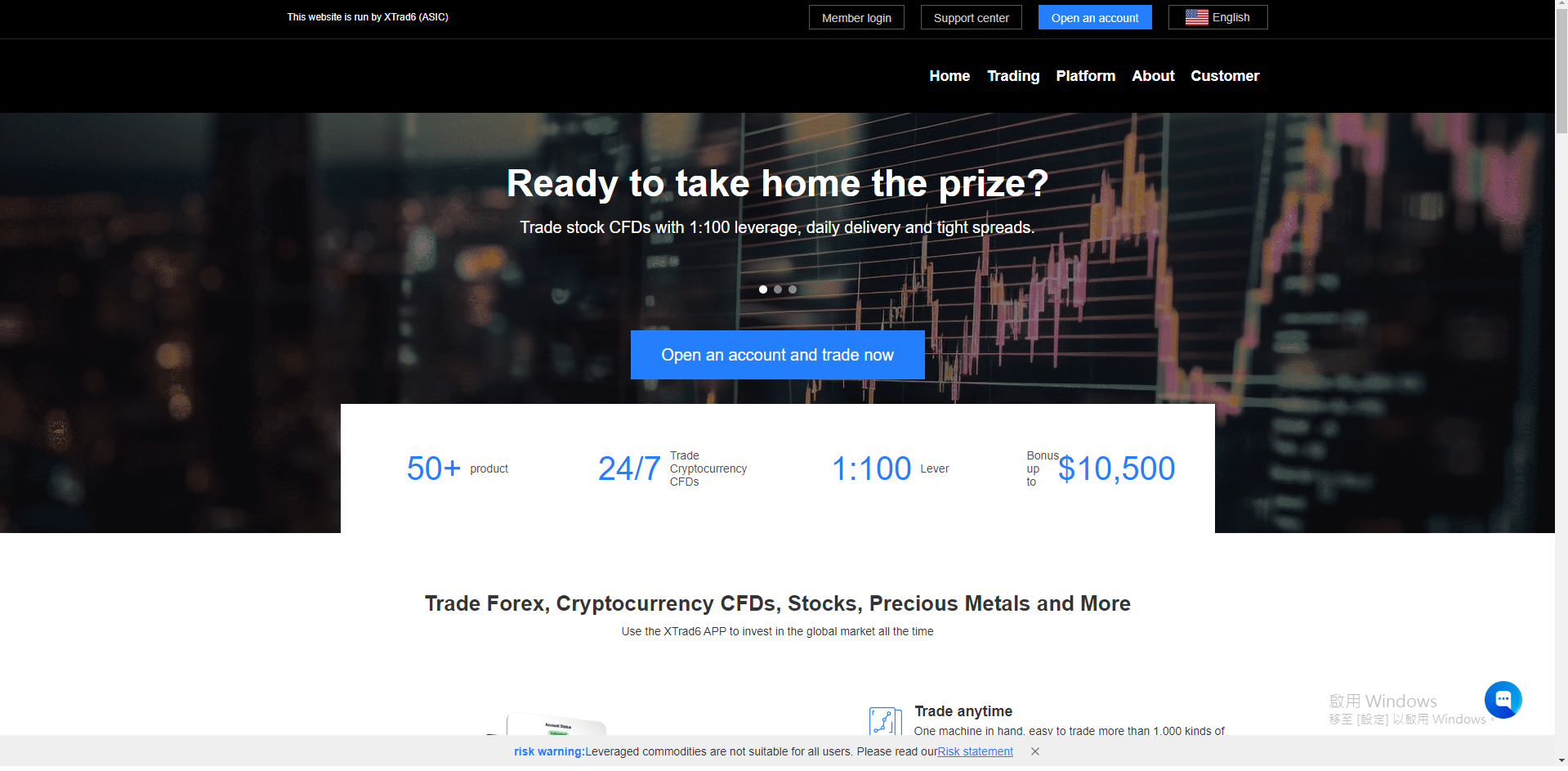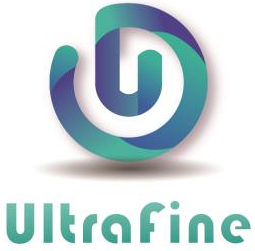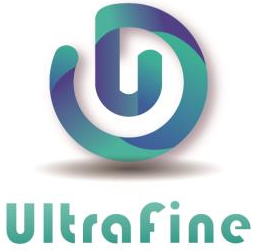- 2024-09-13
 Things You Have to Know About Building a Foreign Exchange Platform: The Importance of a Technical Background in Platform Construction查看更多>>
Things You Have to Know About Building a Foreign Exchange Platform: The Importance of a Technical Background in Platform Construction查看更多>>
- 2024-09-13
 Trading System: The Perfect Combination of Reputation, Integrity, and Professionalism查看更多>>
Trading System: The Perfect Combination of Reputation, Integrity, and Professionalism查看更多>>
- 2024-09-03
 Forex Platform Setup Comprehensive Analysis: Fundamental Concepts of Architecture Design by Professional Developers
Forex Platform Setup Comprehensive Analysis: Fundamental Concepts of Architecture Design by Professional DevelopersIn the world of Forex trading, the architecture design of a trading platform plays a pivotal role in its performance, security, and overall user experience. Professional developers specializing in Forex platform setup must consider various factors to build a robust, scalable, and efficient trading system. This article delves into the fundamental concepts of architecture design that professional developers employ when building a Forex trading platform.
Understanding Forex Platform Architecture
Forex platform architecture refers to the structural design of the software and hardware components that make up a trading system. It involves the arrangement of servers, databases, APIs, user interfaces, and security protocols to ensure the platform operates smoothly under different market conditions.
Key Components of Forex Platform Architecture
-
Trading Engine
The trading engine is the core of any Forex platform. It processes trade orders, matches buyers and sellers, and ensures real-time execution of trades. The engine must be designed to handle high volumes of transactions with minimal latency. A well-optimized trading engine can significantly reduce slippage and improve the overall trading experience.
-
Liquidity Management System
The liquidity management system integrates with various liquidity providers to offer traders the best bid-ask spreads. This system must be designed to aggregate quotes from multiple sources, ensuring that the platform always provides competitive pricing. Additionally, the system should have failover mechanisms to switch between providers seamlessly in case of disruptions.
-
Risk Management Module
A robust risk management module is essential for protecting both the broker and the traders. This module monitors positions, margin levels, and potential market risks in real-time. It also includes features like stop-loss orders, margin calls, and automated risk alerts to mitigate potential losses.
-
User Interface (UI) and User Experience (UX) Design
The UI/UX design of a Forex platform directly impacts user engagement and satisfaction. A well-designed interface should be intuitive, responsive, and accessible across various devices. Professional developers focus on creating a seamless user journey, from account registration to placing trades, ensuring that all functionalities are easy to navigate.
-
Security Infrastructure
Security is paramount in Forex trading, where sensitive financial data and transactions are constantly processed. The platform's architecture must include multi-layered security protocols, such as encryption, two-factor authentication (2FA), and secure socket layers (SSL). Regular security audits and updates are necessary to safeguard against evolving cyber threats.
-
Data Management and Storage
Efficient data management is crucial for handling the large volumes of data generated by a Forex platform. This includes transaction logs, user profiles, trade history, and market data. The architecture should employ a scalable database system capable of storing and retrieving data quickly. Developers often use distributed databases and data warehouses to manage and analyze this data in real-time.
-
API Integration
API (Application Programming Interface) integration is vital for connecting the Forex platform with third-party services, such as liquidity providers, payment gateways, and external trading tools. A well-structured API architecture allows for seamless data exchange and enhances the platform's functionality by enabling custom trading strategies, automated trading, and other advanced features.
-
Scalability and Redundancy
The architecture must be scalable to accommodate growth in user base and transaction volume. This involves designing the platform to handle increased loads without compromising performance. Redundancy is also crucial to ensure continuous operation during hardware failures or network issues. Load balancing, distributed servers, and cloud infrastructure are commonly used to achieve scalability and redundancy.
The architecture design of a Forex platform is a critical aspect that influences its performance, security, and user satisfaction. By understanding and implementing the fundamental concepts discussed in this article, professional developers can build a Forex trading platform that meets the demands of both brokers and traders.
We hope this comprehensive analysis provides valuable insights for those involved in the development and setup of Forex trading platforms.
查看更多>>
-
- 2024-08-26
 XTrad6: Revolutionizing Forex Copy Trading for Seamless Wealth Enhancement查看更多>>
XTrad6: Revolutionizing Forex Copy Trading for Seamless Wealth Enhancement查看更多>>
- 2024-08-22
 XTrad6: The New Era Choice for Forex Copy Trading and Fund Management查看更多>>
XTrad6: The New Era Choice for Forex Copy Trading and Fund Management查看更多>>
- 2024-08-09
 MetaTrader Systems in Forex Trading: Official Version, White Label, Custom White Label, and Gray Label—Definitions, Applications, and Challenges查看更多>>
MetaTrader Systems in Forex Trading: Official Version, White Label, Custom White Label, and Gray Label—Definitions, Applications, and Challenges查看更多>>
- 2024-08-05
 Professional Forex Platform Development: Market Setup and License Application Strategies查看更多>>
Professional Forex Platform Development: Market Setup and License Application Strategies查看更多>>
- 2024-08-02
 Key Steps and Considerations in Building a Forex Trading Platform查看更多>>
Key Steps and Considerations in Building a Forex Trading Platform查看更多>>
- 2024-07-29
 Title: Market Trends and Potential Opportunities in the Latest MT5 License Transfers
Title: Market Trends and Potential Opportunities in the Latest MT5 License TransfersProfessional Analysis
MetaTrader 5 (MT5) is one of the most widely used platforms by forex and Contract for Difference (CFD) traders globally. Recently, news of the latest MT5 license transfers has created a buzz in the market, presenting new opportunities and challenges for industry participants. This article will provide a comprehensive analysis of the latest MT5 license transfers from the perspectives of market demand, technical advantages, and potential opportunities.
查看更多>>
- 2024-07-29
 Title: Market Trends and Potential Opportunities in the Latest MT5 License Transfers
Title: Market Trends and Potential Opportunities in the Latest MT5 License TransfersProfessional Analysis
MetaTrader 5 (MT5) is one of the most widely used platforms by forex and Contract for Difference (CFD) traders globally. Recently, news of the latest MT5 license transfers has created a buzz in the market, presenting new opportunities and challenges for industry participants. This article will provide a comprehensive analysis of the latest MT5 license transfers from the perspectives of market demand, technical advantages, and potential opportunities.
查看更多>>
Recommend

- SKYPE:
live:.cid.5edd1cb49598991c
- Telegram:
https://t.me/MT_CRM99099
- Wechat:
mimu920


